Dive into the heart of Mallorca’s history by visiting the Castell de Bellver in Palma de Mallorca! Follow our practical information guide to make sure you don’t miss this must.
The capital of the Balearic Islands, Palma de Mallorca, reserves to the visitor beautiful surprises around the walls of its old town. Three kilometers from the historic centre, with a wooded hill, the Castell de Bellver deserves your interest. Perched a hundred meters high, it offers spectacular views of the bay of Palma and the mountains. Built in the 14th century, the castle served as a residence to the king of Aragon James II, before becoming a prison in the 16th century. Its imposing architecture is unique in Spain. In circular form, it is built in a Mediterranean Gothic style. The building also houses the interesting history museum of the city of Palma. Sometimes classical or jazz concerts are given in the castle’s enclosure. A magical and timeless moment not to be missed!
Whether you’re a fan of medieval architecture or cultural venue, the Castell de Bellver is a must for your stay in Palma de Mallorca! Discover in this article all practical information to know before your visit.
History of the Castell de Bellver
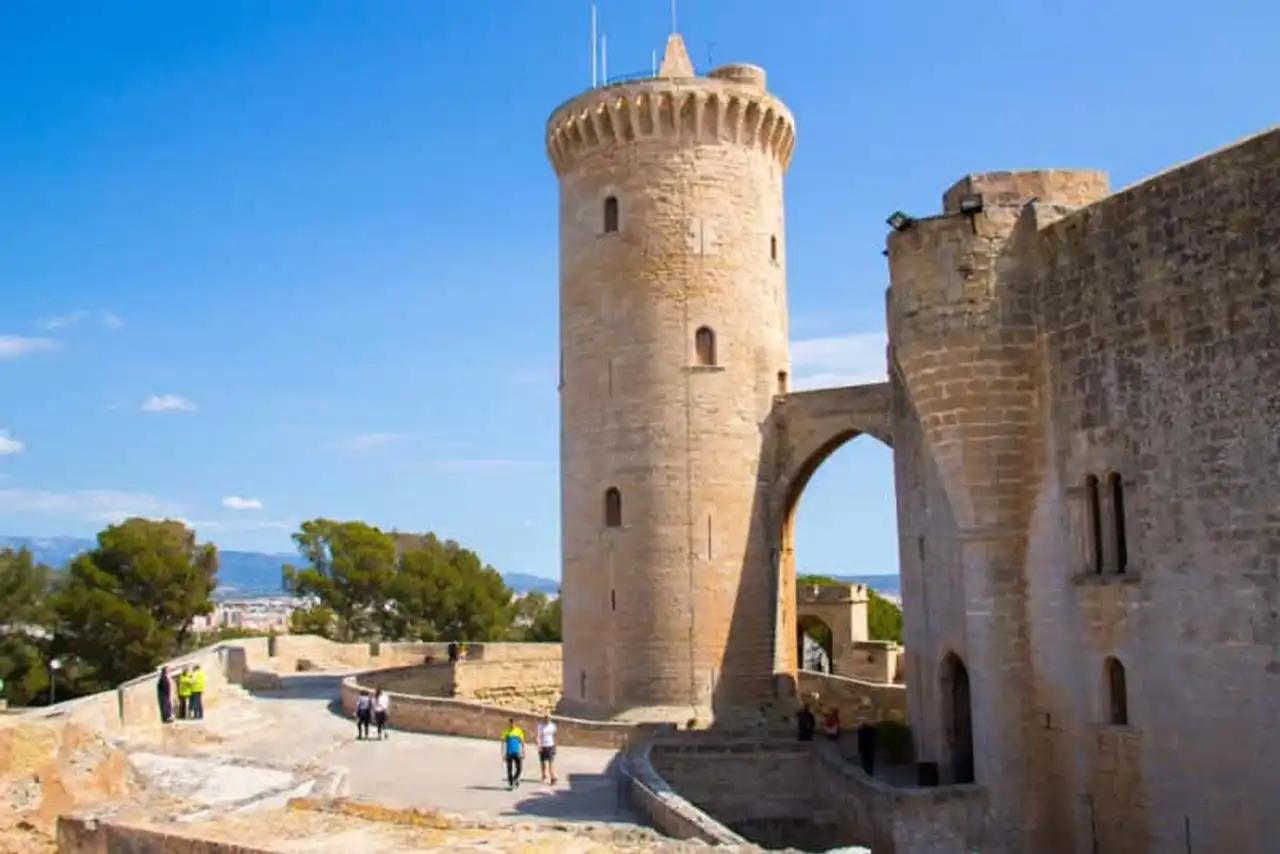
Photo credit: Shutterstock / the_pictures_of_life
Among the buildings built in Spanish history, the Castell de Bellver is undoubtedly one of the most original. The King Jacques II d’Aragon , says Just ", ordered the construction of the castle at the beginning of the 14th century. With tuberculosis, the sovereign wanted to stay in a healthy and safe residence. He therefore appealed to architect Pedro Salvá to direct the construction of the royal fortress. It took almost forty years to finish the building with the circular form so special. Still today, there are only four other castles of this type in Europe.
The place was then occupied by Jacques III of Majorca, before he was beaten by the king of Aragon Peter IV in 1343. The latter then transformed part of the fortress into prison for the family of his defeated enemy. He lived in the castle himself during the plague of Barcelona.
From 1717, the Castell de Bellver de Palma became a military prison. Among the personalities who had stayed there, one can quote Gaspar Melchor Jovellanos (1744-1811), famous Spanish politician, or François Arago, who was imprisoned there in 1808 during the Franco-Spanish war. In 1821, the castle was temporarily used to make coins. The Spanish Civil War (1936-1938) marks the last episode of detention. More than 800 republicans are then imprisoned. In 1931, the state sold the building and the forest around the city council of Palma, which set up the city’s history museum. Today, many cultural and recreational activities are organized by the municipality.
What to see and do at the Castell de Bellver?
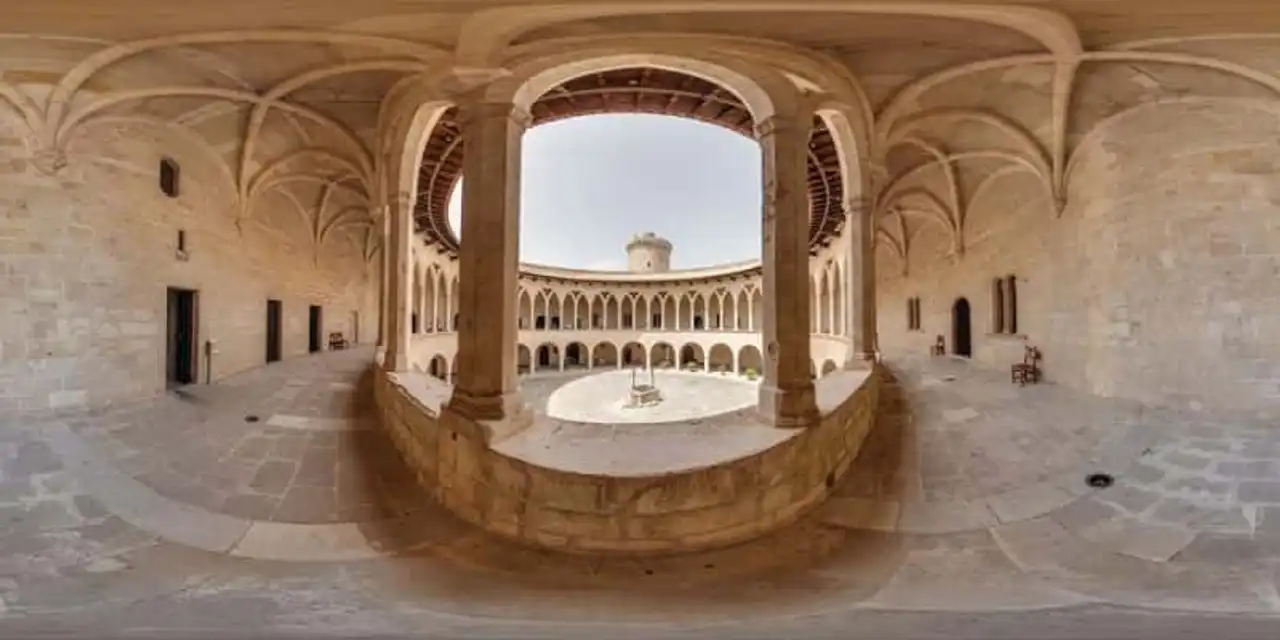
Photo credit: Shutterstock / Mr Dmitry
By visiting the Castell de Bellver de Palma and its museum, you will travel through the history of the Balearic Islands, talayotic civilizations until the twentieth century. The castle has what to delight Spanish culture lovers. Guided tours and audioguides make the tour exciting. Some evenings, classical or jazz concerts are given in the central courtyard. Don’t miss the opportunity to live this experience out of time!
The building
The castle was designed as a fortresses where the leaders could take refuge in the event of danger and the sovereigns make more or less prolonged stays. The elegant and refined taste of the royal residence attests to this double use. The whole building offers an original plan. ♪ three towers seven meters each and the dungeon are placed in front of the four cardinal points. The dungeon, also known as Tour de l’hommage, is fifteen metres high. It is turned north and unfolds from the rest of the building by a ditch, to serve as a folding point in the event of a castle attack. In the centre there is a two-tier central courtyard, whose ogive arches and roof are characteristic of Gothic style.
♪ purple which surround the castle were made in 1330 to prevent the offensive forces from approaching. During your visit, small exhibition rooms lead you to the masterpiece, a large ornamented round-shaped room. Information panels allow you to better understand the history of the castle and its construction.
Upstairs, the gallery serves a large number of parts including the Throne Hall, the Jovellanos Hall and the Saint Mark Chapel, patron saint of the castle. You can then climb small stone steps to access the balcony and the roof. From above, the view of the bay and the mountains is unbeatable, conducive to beautiful panoramic photos. It is not for nothing that its name comes from medieval Catalan bell veer , which means beautiful view!
The collection of Roman statues
The arches on the ground floor have Roman statues, legued by the Cardinal Despuig (1745-1813). Son of the Counts of Montenegro and an artist accustomed to the intellectual backgrounds of the time, the cardinal was one of the most prominent figures in Mallorca. During his years of residence in Rome, he formed an important collection of sculptures, many of which came from excavations in the region. Palma City Hall acquired the collection in 1923, with the assistance of the Archaeological Society of Lul·liana and the intelligentsia of Mallorca.
The history museum of the city of Palma
Visiting the Castell de Bellver de Palma allows you to follow the different times that the city has known since its founding in 123 before Jesus Christ. Eight rooms thus provide lighting on exciting story of Palma and its chronology: prehistory, Muslim conquest, establishment of the kingdom of Majorca, construction of the ramparts of the Renaissance, until its demolition in 1903. Photo panels show some of the architectural vestiges found in the basement of the episcopal palace when the city was under the yoke of the Roman Empire. The room dedicated to the Muslim period presents the hydraulic system and the plan of the town typical of a medina. A little further, we learn that the Gothic style of the cathedral is the result of the conquest of the city by Jacques 1er on December 31, 1229.
How to go to the Castell de Bellver in Palma de Mallorca?
- On foot
Several hiking trails in the middle of the woods lead to the monument. Attention, there are many steps to reach the top and the ride can be tiring especially if it’s hot!
- By bus
The buses 3, 20 and 46 from the center of Palma (Plaza España) take you to Gomila square, from which about 20 minutes walk (with stairs) separate you from the castle.
The tourist bus stops you in front of the Castell de Bellver and also allows you to easily visit the other points of interest of the city.
- By car
If you come by car, free parking is available.
Schedules & Rates of the Castell de Bellver de Palma
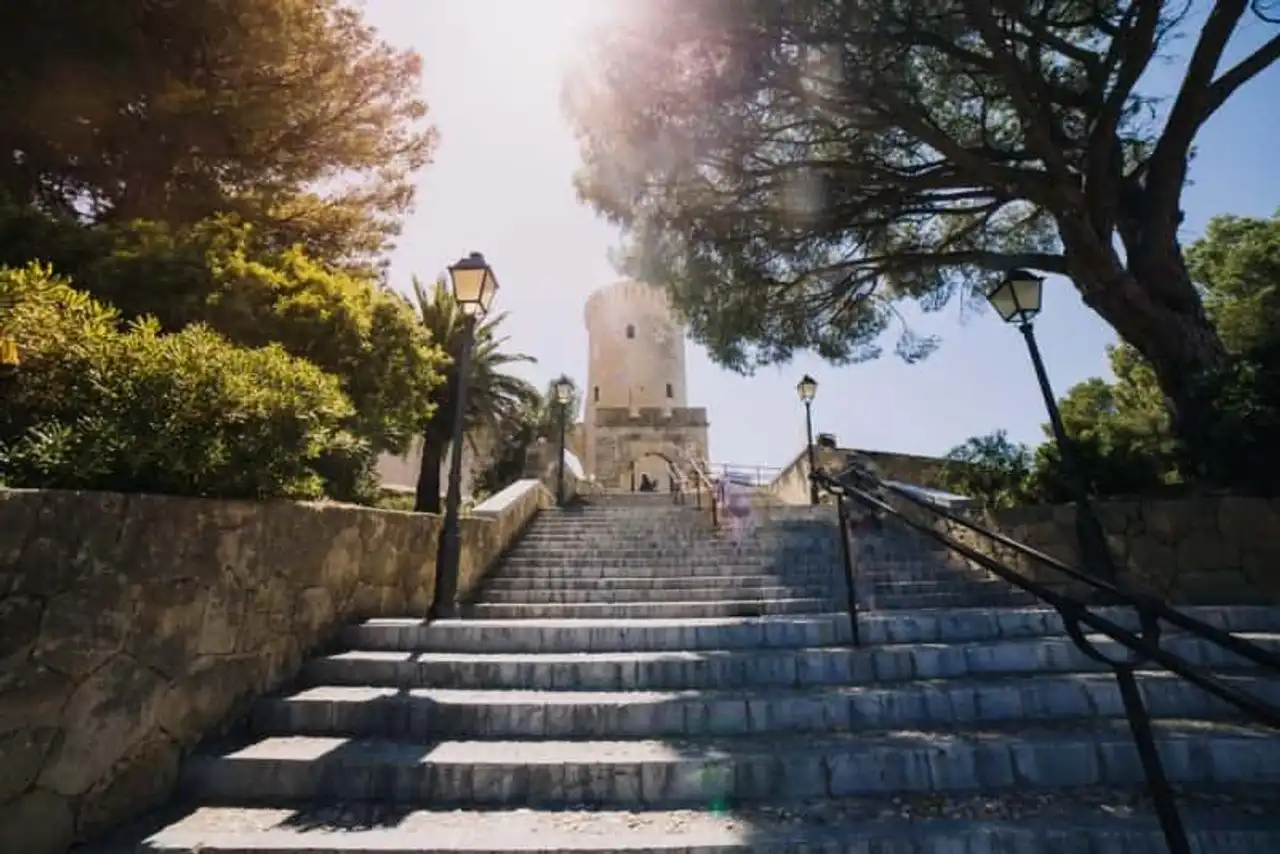
Photo credit: Shutterstock / Jani Tisler
HORARI
- From Tuesday to Saturday : 10h-19h (April to September) / 10h-18h (October to March)
- Sunday and holidays 10h-15h
- Closed on Monday, 25/12, 1/1 and Easter Sunday
Tickets are available up to 45 minutes before closing time.
Free guided tours (duration 30 minutes) :
- English and Spanish (castillan): Tuesday to Saturday
- Catalan: Tuesday to Friday
RATES
- Adults : 4 €
- Retired, aged 14 to 18 : 2 €
- Resident (Palma) : 2,50 €
- Travel agencies : 2,50 €
- Free entrance Sunday and for children under 14
BON A LEARN
- An audioguide is available for free.
- Many steps make it difficult to access with a stroller.
- Dogs are allowed.
- The ticket office is located near the parking lot and not at the entrance of the castle.
- Two children's parks are located near the Castell de Bellver.
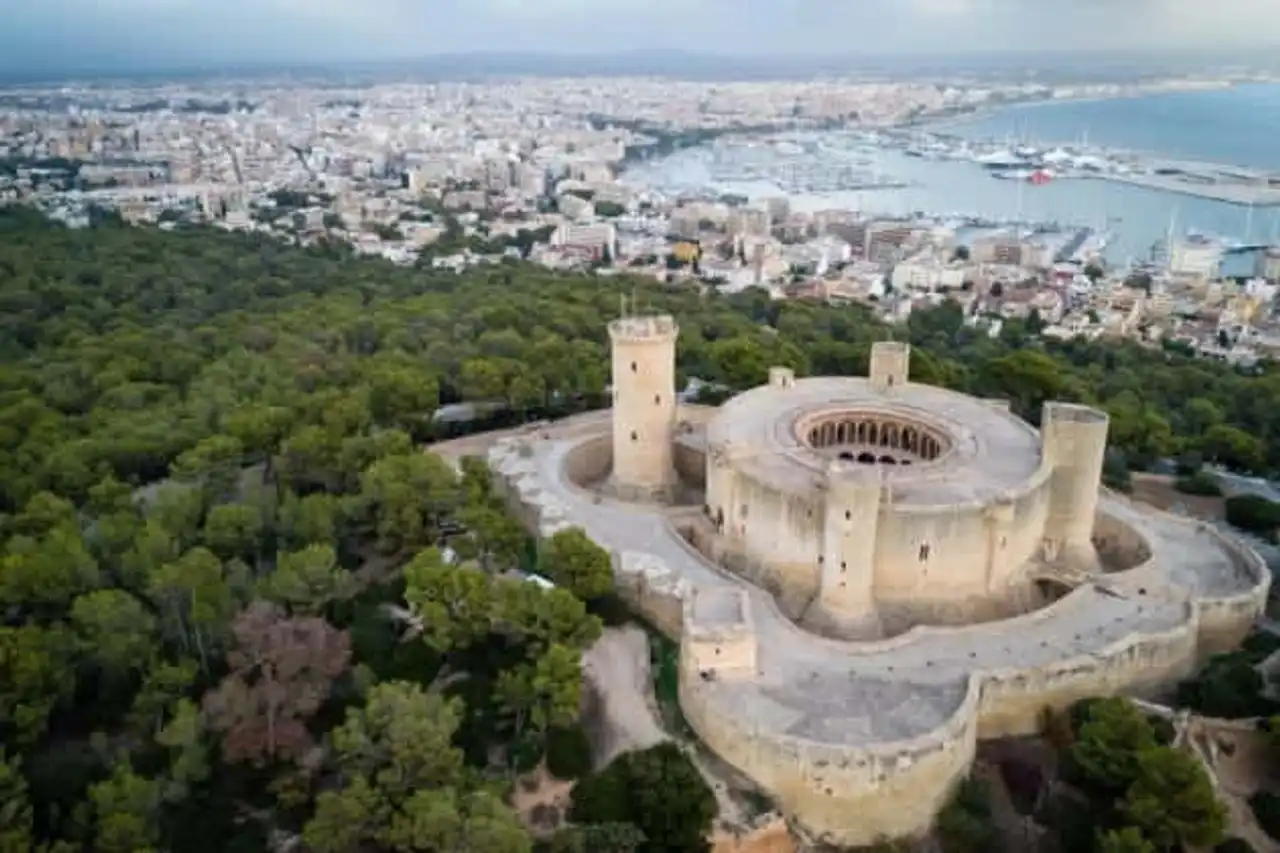





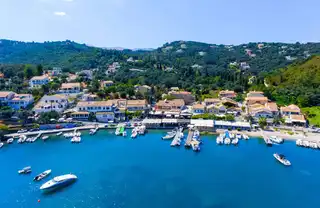

Loading comments ...